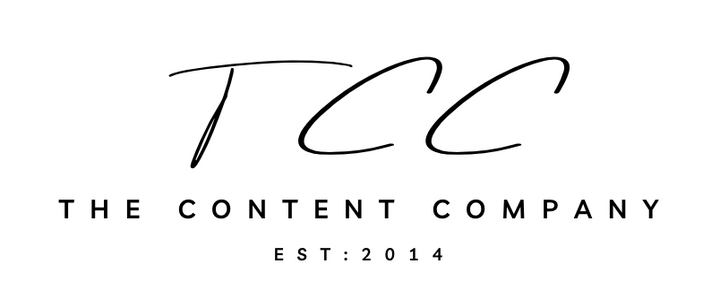June 01, 2017

Here’s another entry in our Quick & Easy Content Writing Tips series. If you missed the first two, you can read about “You’re vs. Your” and “There vs. They’re vs. Their” when you are finished here.
This one isn’t so much about “how could you write that f*cking word and not this one?” The “which” vs. “that” issue stumps many people. Some of us (no, not me…maybe me) weren’t even aware it was a thing.
After reading through this post, you may realize you have been using these words incorrectly all along and still lived to tell about it, but a little knowledge is always a good thing. Let’s take a closer look.
The word “that” is known as a restrictive clause…sounds confusing already. A restrictive clause is a word or phrase that is essential to the meaning of the sentence, because the meaning of the sentence would change if it was removed. Here’s an example, “Our martial arts school that has three heavy bags is located in Toronto.”
In this sentence, it seems as though we have more than one martial arts school, and the one located in Toronto has three heavy bags. If the clause was removed, it would alter the meaning of the sentence because it contains pertinent information. Notice there is no commas around this clause.
As you may have guessed, “which” is a non-restrictive clause because you could remove it from the sentence, without changing the meaning of the sentence. Here’s an example, “Our martial arts school, which has three heavy bags, is located in Toronto.”
This sentence lets us know that our school is in Toronto, and that it also has three heavy bags. You could remove “which has three heavy bags” and the meaning of the sentence wouldn’t be altered because that was just added info about the school. Notice that these sentences have commas around the clause.
That’s about the long and short of it. Many of us tend to use whichever one feels right at the time, or we like to balance them out so it doesn’t seem like the same one is being used all the time. Now you know there is a difference, and there is a right and wrong way to use them.
In the great big world of content creation, a few slip ups likely won’t alter the meaning of your message in the eyes of your readers, but might as well learn how to do it right. If you’d like help with your content writing, send us an email, or give us a call at 888-221-5041 today.
Comments will be approved before showing up.

January 27, 2022
